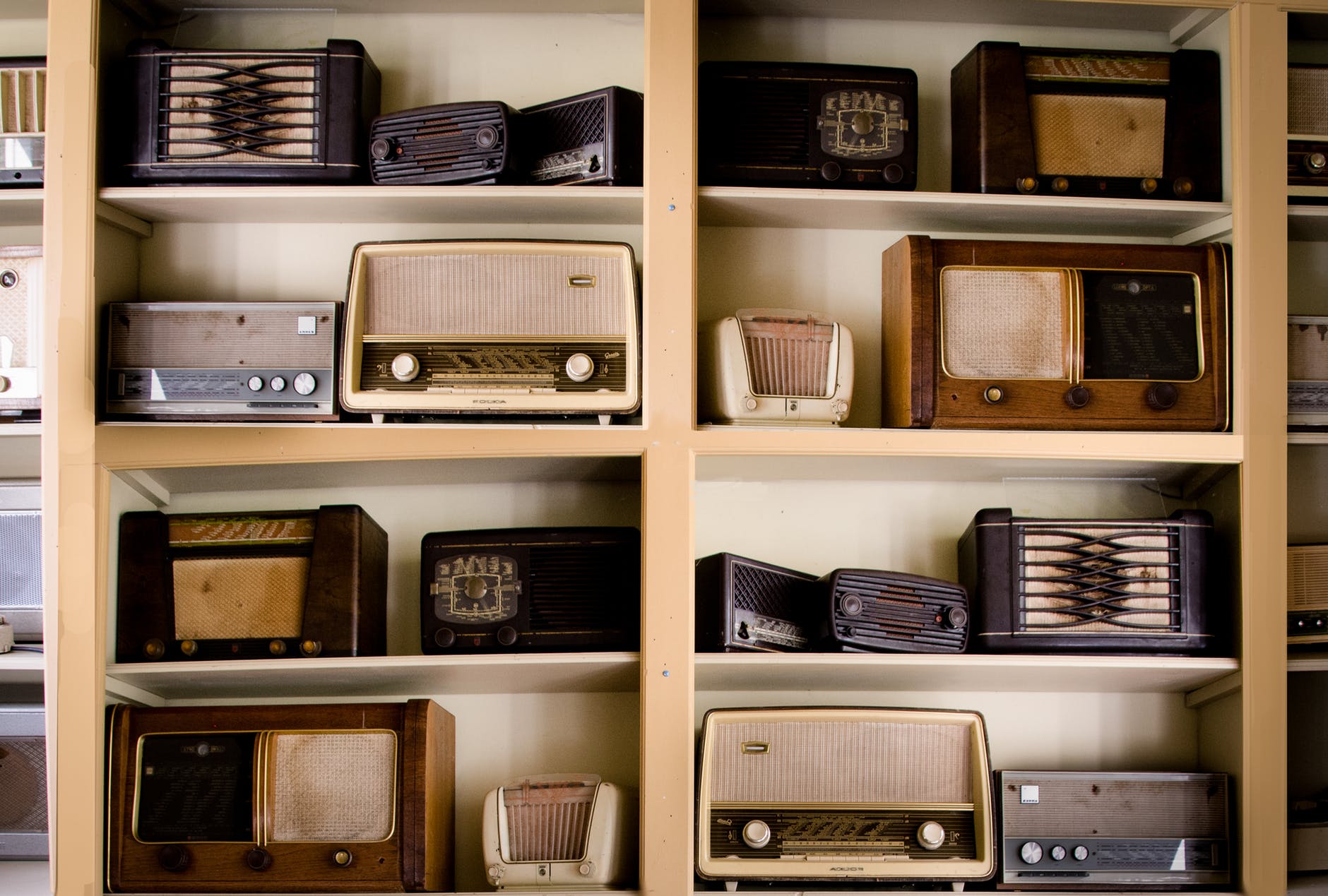Working full time is hard. Wouldn’t life be so much easier if you could just buy things and then sell them on eBay for more than you bought them for? That’s more or less the life of an antique dealer in the modern age, but the majority of people assume that becoming an antique dealer involves years of careful study and a degree of knowledge about history.
That isn’t the case. Almost anyone can become an antique dealer with a little basic knowledge. You need specialist knowledge if you’re going to become a millionaire buying and selling old goods, but you can still comfortably earn enough to live by knowing the basics. Not only that, but you’ll acquire the specialist knowledge as you go. The more you deal, the more you’ll learn!
Very few of us haven’t fantasized about finding something at a thrift store or a garage sale at a low price and then selling it on for thousands of dollars, but it doesn’t have to be a fantasy. It actually happens a lot more often than you’d think, and you could be the next person to have an incredible good luck story to share with the world if you follow our tips to get you started!

Be Prepared To Take A Gamble On Cheap Items
Don’t restrict yourself to just looking for that one ‘perfect’ item that’s going to make you a huge profit in a single sale. The principle behind successful antiques dealing is a lot like the principle that drives mobile slots games; you part with a little bit of money to get a much larger reward. Statistically, just as is the case with mobile slots on website like Rose Slots, the majority of your small purchases won’t bring you big money when you sell them on. Every once in awhile, though, that tiny buy will catch the eye of a collector, and they’ll pay you several times the amount you bought it for to make it theirs – in some cases far more than the greatest mobile slots jackpot in the world would give you!
Buy What Appeals To You
You can’t always move antiques on quickly, and in some cases, you may not want to. What’s worth $500 today might be worth $750 a few years from now, and so it’s worth hanging on until the market is more favorable. That means you’re going to be stuck with the object for some time, and it will need to be stored somewhere. That ‘somewhere’ will almost certainly be your house – so you might as well deal in the things you like. Not only will you acquire specialist knowledge more easily because you’ll have a genuine interest in the objects, but you won’t resent having them around your home.

Check The Credentials For Large Purchases
If you’re buying bric-a-brac or low-cost items, it doesn’t matter all that much who or where you buy them from. If you’re parting with hundreds (or even thousands) of dollars, though, you should make sure you’re confident in the person or business you’re buying from. Unfortunately, just like in every other form of trade, there’s fraud within the world of antiques. In fact, antique fraud can be a multi-million dollar business for the people involved in it. Check credentials, check reviews, check the internet. If something doesn’t feel right, back away from the deal.
Furniture Always Sells
While nobody can guarantee profits in the world of antiques, there’s always a market for furniture – and especially furniture that’s in good condition. 21st-century IKEA-style furniture is characterless and bland – we just don’t make chairs, tables, and cabinets like we used to. Wooden chests of drawers, wardrobes, desks, and all of the aforementioned items go up in value as the years go by. Double-check for any signs of restoration, as restoration work tends to reduce value. Excellent provenance or a maker’s mark is also essential to find if you believe you’ve noticed something worth acquiring. It’s not uncommon for a simple walnut desk from the 19th century to be worth thousands.

Stick To Known Names
Don’t let someone convince you that an object is or isn’t valuable just by talking to you and not providing evidence. If you’ve never heard of the designer of an object, always look them up. If you can’t find anything that suggests their work is especially valuable, don’t let a seller try to convince you that it is. When it comes to objects such as jewelry, if you’re serious about making a profit, you should stick to classic names and designers that everyone’s heard of. There are thousands of really attractive, quirky pieces of jewelry on the market, but sadly for the designers, being cool and quirky isn’t the same thing as being valuable. Its the name that gives the object its value, and it’s the name that you should trade on.
Remember The War Rule For Glass
Don’t ask us how this works; just be aware that it does. Glassware that was designed before the Second World War is likely to have value. Glassware that was designed afterward is less value. A lot of this has to do with the fact that French master glass designer Rene Lalique passed away as the war ended, and the last great age of glass design ended with him. You don’t necessarily have to have a Lalique piece in order for it to be valuable (although it would be wonderful if you did) – you just need to have something that dates back to that era or even earlier. Some Art Deco pieces have doubled in value over the past three years alone. Be suspicious of anything that appears to have been overly polished – that’s usually a way of hiding damage, which an expert dealer will be able to identify quickly.
Probably the best trip we can give you is to treat it as a hobby at first. There are surprisingly few people dealing in antiques because everyone assumes its an inaccessible trade. You’ll be able to gain a basic foothold in the market quite quickly, but it will take time to build up both your collection and your reputation. Don’t forget to take out a suitable insurance policy if you’re stockpiling items at home!







